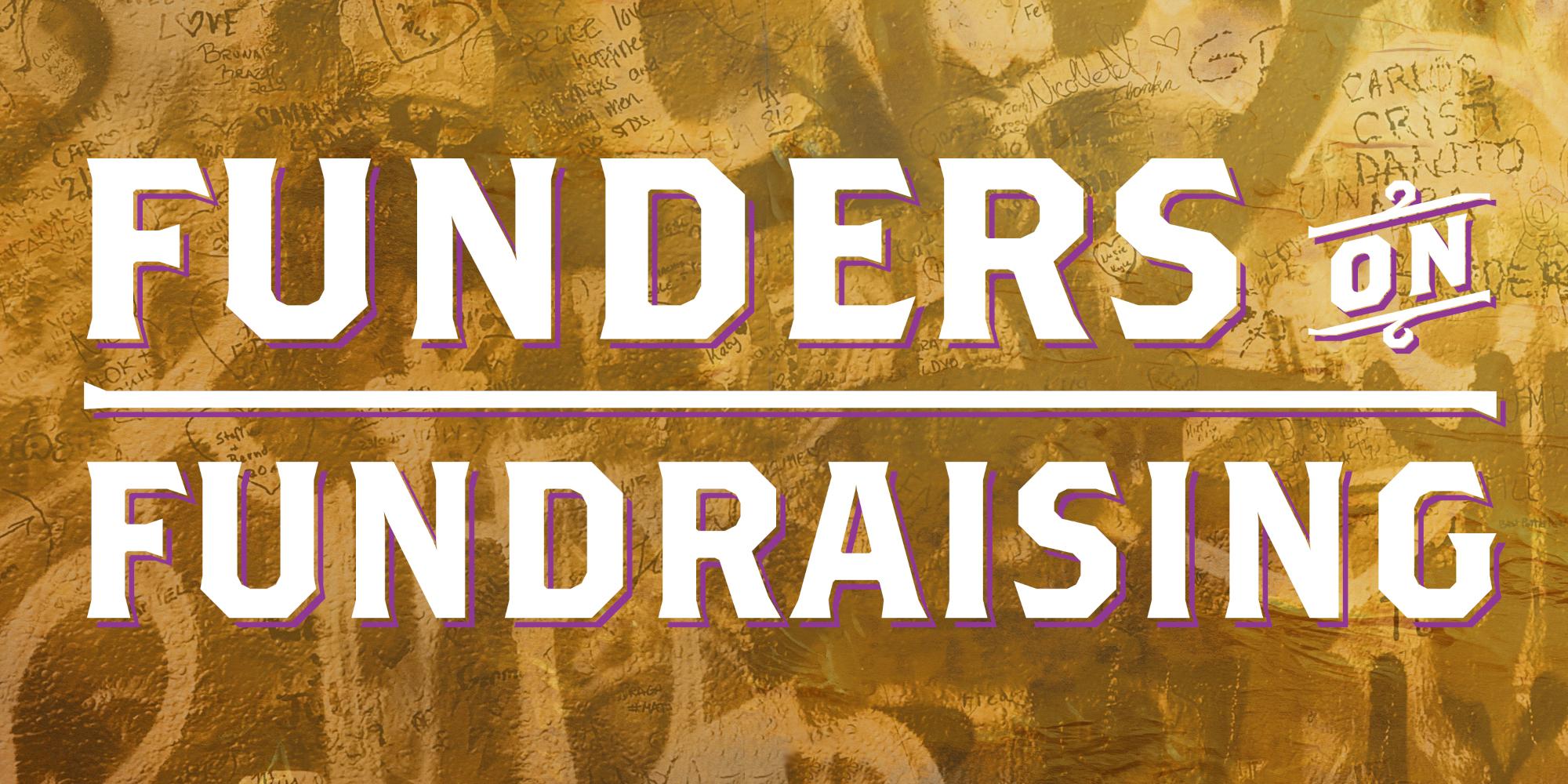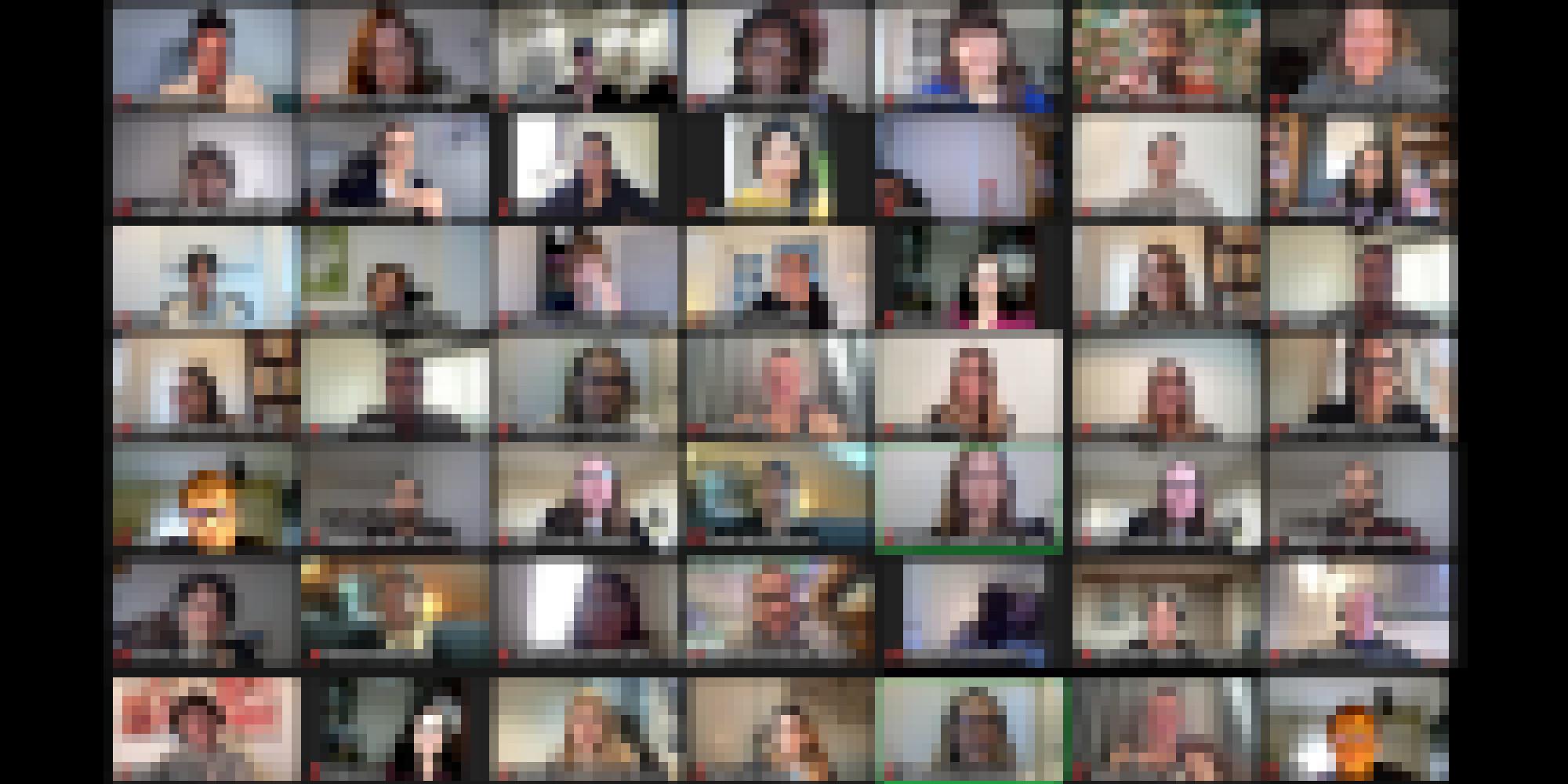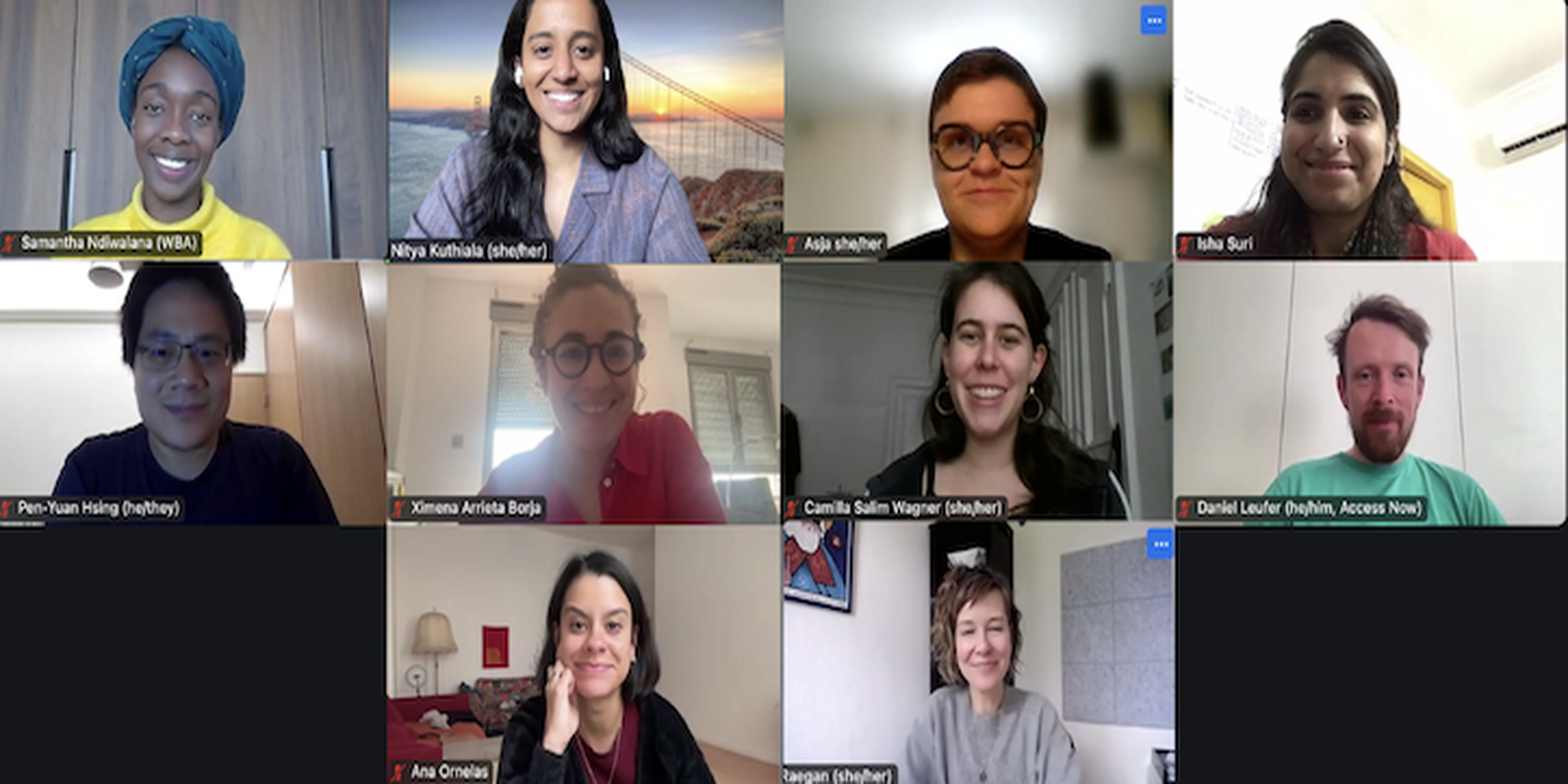

Funders on Fundraising: A New Podcast on How Fundraising Really Works
Most fundraising is misunderstood. It’s treated as performance—polished and polite, built around the idea that merit rises and money follows.

After a short summer pause, the AI Openness & Equity Policy Leadership Cohort reconvened for its final session, featuring Maximilian Gahntz from Mozilla.


Most fundraising is misunderstood. It’s treated as performance—polished and polite, built around the idea that merit rises and money follows.


Tuesday, 14 October 2025
15:00–17:00 CET | Online
As political momentum around Artificial Intelligence accelerates, its development, funding, and expansion are reshaping the policy landscape for civil society. Too often, these debates do not center justice, equity, and the public interest.


We envisioned the Openness & Equity in AI Policy Leadership Cohort as a space to bring together practitioners across the emerging technology policy ecosystem to reflect on a key question: What would it mean to write AI policy that empowers diverse communities, respects planetary boundaries, and truly serves the public benefit?


In our sixth AI Openness & Equity Policy Leadership Cohort session, we were joined by Bruce Schneier to unpack the intersection between AI openness and security. Our conversations centered on questions including:
What does “security” in the AI context actually mean?


In our fourth AI Openness & Equity Policy Leadership Cohort session, Michelle Thorne from the Green Web Foundation joined us as we explored climate justice in the context of AI. Specifically, our discussion centered around the question: how does AI intersect with climate justice, and what can it mean for public interest technology?